Running a successful auto repair shop requires more than just technical expertise; it demands effective marketing strategies to attract and retain customers. In today’s competitive market, standing out requires a clear understanding of your target audience, a strong online presence, and tailored promotional efforts. However, marketing comes with its own set of challenges and costs, which can vary depending on the scale of your business and the strategies you choose to implement. This article explores the essential marketing needs for auto repair shops, breaks down the associated costs, and provides insights into maximizing your return on investment while building a loyal customer base.
Auto Repair Shop Marketing Needs and Cost
Understanding the Importance of Marketing for Auto Repair Shops
Marketing is crucial for auto repair shops to attract new customers and retain existing ones. In a competitive market, having a strong marketing strategy helps differentiate your shop from others. Effective marketing can increase visibility, build trust, and drive more business to your shop. Without a proper marketing plan, even the best auto repair services may struggle to gain traction.
See Also Best Tradeshow Booth Vendors/Resources?
Best Tradeshow Booth Vendors/Resources?Key Marketing Strategies for Auto Repair Shops
There are several marketing strategies that auto repair shops can implement to boost their business. These include social media marketing, search engine optimization (SEO), local advertising, email campaigns, and customer referral programs. Each strategy has its own benefits and costs, and choosing the right mix depends on your target audience and budget.
Cost Breakdown of Auto Repair Shop Marketing
The cost of marketing for an auto repair shop can vary widely depending on the strategies used. Below is a table that outlines the estimated costs for common marketing methods:
See Also Which AI Marketing Tools Are Actually Worth It?
Which AI Marketing Tools Are Actually Worth It?| Marketing Strategy | Estimated Cost |
|---|---|
| Social Media Marketing | $200 - $1,000 per month |
| Search Engine Optimization (SEO) | $500 - $5,000 per month |
| Local Advertising (Flyers, Billboards) | $300 - $2,000 per campaign |
| Email Campaigns | $100 - $500 per month |
| Customer Referral Programs | $50 - $300 per month |
Measuring the ROI of Your Marketing Efforts
To ensure your marketing efforts are effective, it’s important to measure the return on investment (ROI). This can be done by tracking metrics such as customer acquisition cost, conversion rates, and customer lifetime value. Tools like Google Analytics and CRM software can help you monitor these metrics and adjust your strategies accordingly.
Common Challenges in Auto Repair Shop Marketing
Auto repair shops often face challenges such as limited budgets, competition from larger chains, and difficulty in reaching the right audience. Overcoming these challenges requires a well-planned marketing strategy that focuses on local SEO, community engagement, and targeted advertising. By addressing these issues, you can maximize the impact of your marketing efforts.
See Also Best Tradeshow Booth Vendors/Resources?
Best Tradeshow Booth Vendors/Resources?How do I attract customers to my auto repair shop?
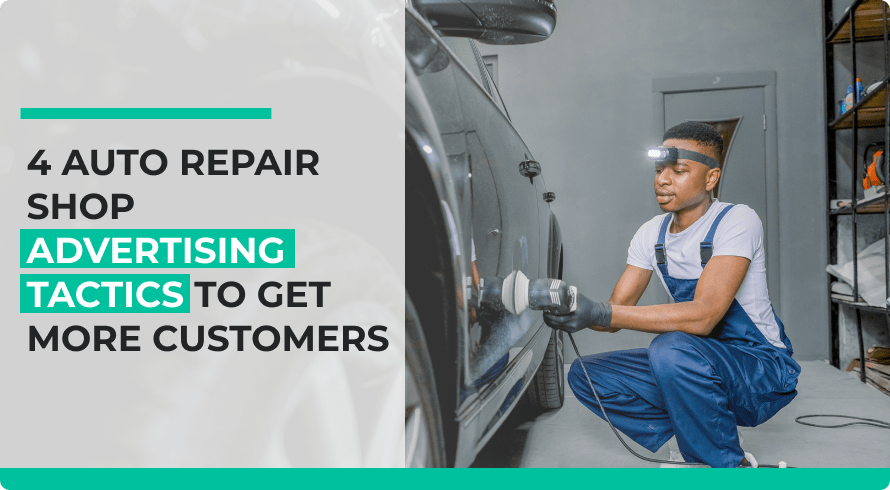
Offer Competitive Pricing and Transparent Quotes
One of the most effective ways to attract customers to your auto repair shop is by offering competitive pricing and transparent quotes. Customers appreciate knowing exactly what they are paying for without hidden fees. Here’s how you can achieve this:
- Research local competitors to ensure your prices are fair and competitive.
- Provide detailed breakdowns of costs for parts, labor, and additional services.
- Offer discounts or promotions for first-time customers or referrals.
Leverage Online Reviews and Testimonials
Positive online reviews and testimonials can significantly boost your shop’s reputation and attract new customers. Here’s how to make the most of them:
- Encourage satisfied customers to leave reviews on platforms like Google, Yelp, and Facebook.
- Respond to both positive and negative reviews professionally to show you value feedback.
- Display testimonials prominently on your website and social media channels.
Invest in Local Advertising and Community Engagement
Building a strong presence in your local community can help attract customers to your auto repair shop. Consider these strategies:
- Advertise in local newspapers, radio stations, or community boards.
- Sponsor local events or sports teams to increase visibility.
- Partner with nearby businesses for cross-promotions or referral programs.
Enhance Your Online Presence with a Professional Website
A professional website is essential for attracting customers in today’s digital age. Here’s how to optimize it:
- Ensure your website is mobile-friendly and easy to navigate.
- Include clear contact information, service details, and pricing.
- Use SEO strategies to rank higher in local search results.
Provide Exceptional Customer Service
Outstanding customer service can set your auto repair shop apart from competitors. Focus on these key areas:
- Train your staff to be friendly, knowledgeable, and helpful.
- Offer convenient services like shuttle rides, loaner cars, or after-hours drop-offs.
- Follow up with customers after repairs to ensure satisfaction and build loyalty.
What are the three C's of automotive repair?
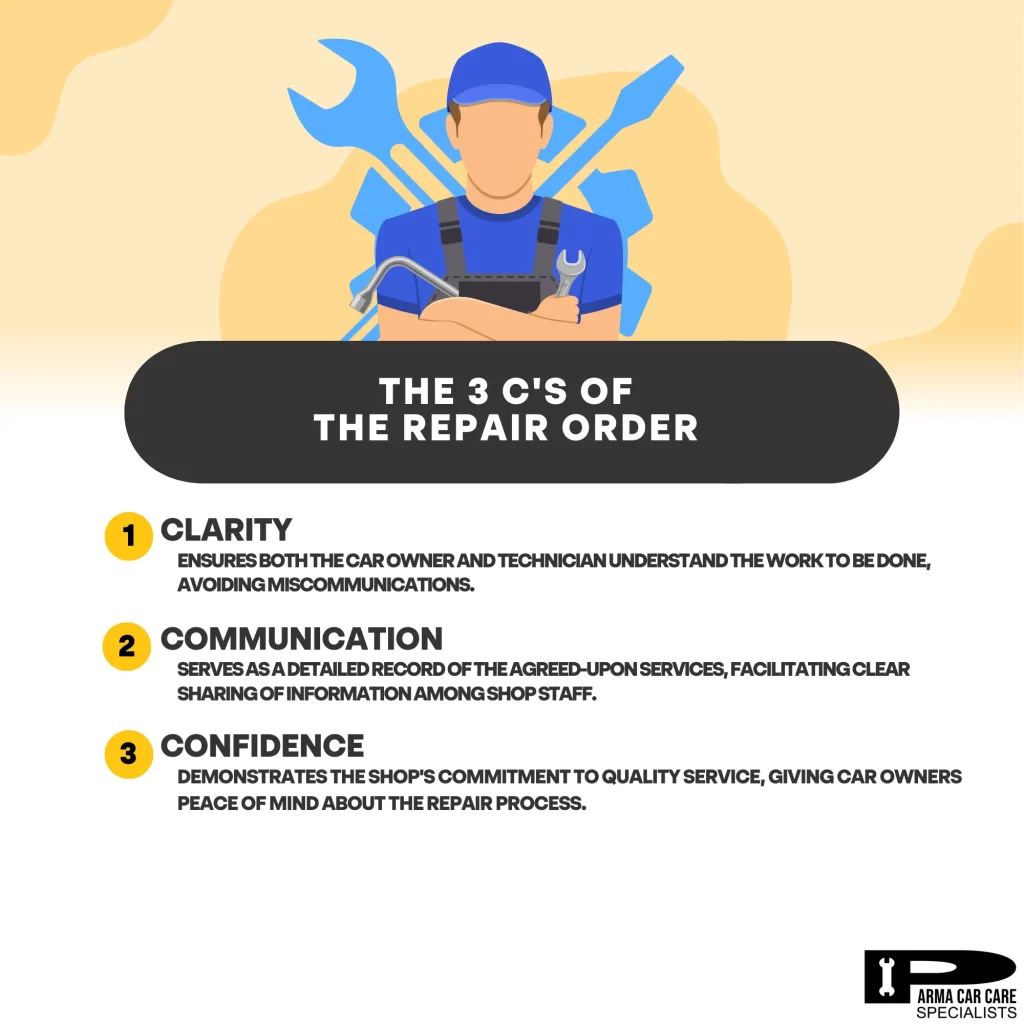
What are the Three C's of Automotive Repair?
The three C's of automotive repair are fundamental principles that guide technicians and mechanics in diagnosing and fixing vehicle issues. These principles are Complaint, Cause, and Correction. They form a systematic approach to ensure accurate problem-solving and effective repairs.
1. Complaint: Understanding the Issue
The first step in the repair process is identifying the complaint. This involves gathering information from the vehicle owner about the symptoms or problems they are experiencing. A clear understanding of the issue is crucial for accurate diagnosis.
- Listen carefully to the customer's description of the problem.
- Ask clarifying questions to gather more details about the symptoms.
- Document the complaint to ensure nothing is overlooked during the repair process.
2. Cause: Diagnosing the Root Problem
Once the complaint is understood, the next step is determining the cause of the issue. This involves using diagnostic tools, inspections, and technical expertise to pinpoint the root problem.
- Perform a thorough inspection of the vehicle's systems and components.
- Use diagnostic equipment such as OBD-II scanners to retrieve error codes.
- Test components to verify their functionality and identify failures.
3. Correction: Implementing the Solution
The final step is the correction, which involves repairing or replacing the faulty components to resolve the issue. This step ensures the vehicle is restored to proper working condition.
- Replace or repair the identified faulty parts.
- Test the vehicle after repairs to confirm the issue is resolved.
- Communicate with the customer about the repairs performed and any maintenance recommendations.
Why are the Three C's Important in Automotive Repair?
The three C's provide a structured approach to automotive repair, ensuring that technicians address the problem accurately and efficiently. This method minimizes guesswork and reduces the likelihood of recurring issues.
- Improves accuracy in diagnosing and fixing problems.
- Enhances customer satisfaction by addressing their concerns effectively.
- Reduces repair costs by avoiding unnecessary part replacements.
Common Mistakes to Avoid When Applying the Three C's
While the three C's are effective, mistakes can occur if they are not applied correctly. Avoiding these errors ensures a smoother repair process.
- Skipping the complaint stage and making assumptions about the issue.
- Overlooking diagnostic steps and jumping straight to repairs.
- Failing to test the vehicle after repairs, leading to unresolved issues.
How much does it cost to start an auto repair shop?
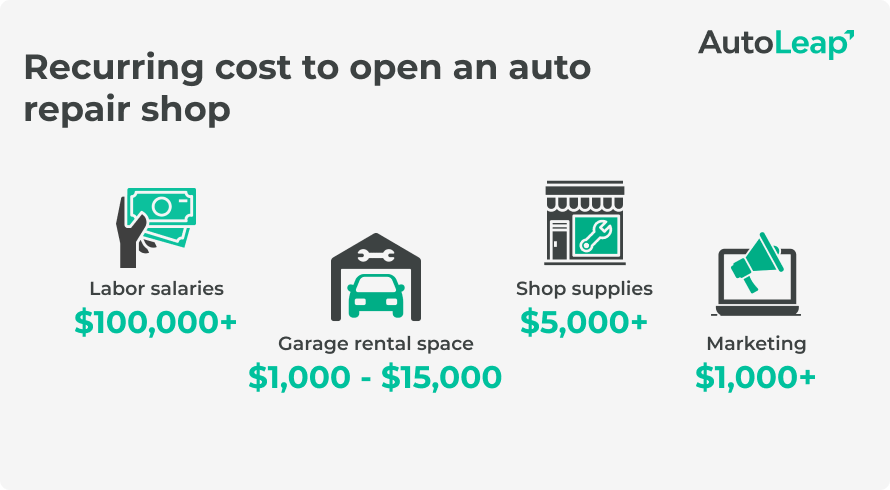
Initial Investment for an Auto Repair Shop
Starting an auto repair shop requires a significant initial investment. The costs can vary depending on the location, size, and type of services offered. Here are some key expenses to consider:
- Location: Renting or purchasing a suitable space can cost anywhere from $2,000 to $10,000 per month, depending on the area and size.
- Equipment: Essential tools and machinery, such as lifts, diagnostic tools, and air compressors, can range from $50,000 to $100,000.
- Licensing and Permits: Obtaining the necessary licenses and permits can cost between $500 and $2,000.
- Initial Inventory: Stocking up on parts and supplies may require an initial investment of $10,000 to $20,000.
- Insurance: Business insurance, including liability and property insurance, can cost around $2,000 to $5,000 annually.
Ongoing Operational Costs
Running an auto repair shop involves several ongoing expenses that need to be managed effectively. These costs can impact your monthly budget and overall profitability:
- Utilities: Monthly utility bills, including electricity, water, and internet, can range from $500 to $1,500.
- Employee Salaries: Payroll for skilled technicians and support staff can cost between $5,000 and $15,000 per month.
- Marketing: Advertising and promotional activities may require a budget of $500 to $2,000 monthly.
- Maintenance: Regular maintenance of equipment and facilities can cost around $1,000 to $3,000 annually.
- Inventory Replenishment: Continuously restocking parts and supplies can cost $2,000 to $5,000 monthly.
Cost of Specialized Equipment
Specialized equipment is crucial for providing high-quality auto repair services. The cost of this equipment can be substantial but is necessary for efficient operations:
- Diagnostic Tools: Advanced diagnostic tools can cost between $5,000 and $20,000.
- Lifts and Hoists: Vehicle lifts and hoists are essential and can range from $3,000 to $10,000 each.
- Air Compressors: High-capacity air compressors can cost around $1,000 to $5,000.
- Tool Sets: Comprehensive tool sets for technicians can cost $2,000 to $10,000.
- Specialized Machinery: Equipment for specific repairs, such as alignment machines, can cost $10,000 to $30,000.
Licensing and Legal Fees
Ensuring your auto repair shop is legally compliant involves various licensing and legal fees. These costs are essential for avoiding legal issues and maintaining a reputable business:
- Business License: Obtaining a business license can cost between $100 and $500.
- Environmental Permits: Permits for handling hazardous materials can cost $500 to $2,000.
- Zoning Permits: Ensuring your location is zoned for auto repair can cost $200 to $1,000.
- Legal Consultation: Hiring a lawyer for legal advice and contract drafting can cost $1,000 to $5,000.
- Insurance: Liability and property insurance can cost $2,000 to $5,000 annually.
Marketing and Advertising Expenses
Effective marketing and advertising are crucial for attracting customers to your auto repair shop. These expenses can vary based on the strategies you choose:
- Online Advertising: Pay-per-click campaigns and social media ads can cost $500 to $2,000 monthly.
- Print Advertising: Flyers, brochures, and local newspaper ads can cost $200 to $1,000 monthly.
- Website Development: Creating a professional website can cost $1,000 to $5,000.
- SEO Services: Search engine optimization services can cost $500 to $2,000 monthly.
- Community Events: Sponsoring local events or offering promotions can cost $500 to $2,000 per event.
What is a good profit margin for an auto repair shop?
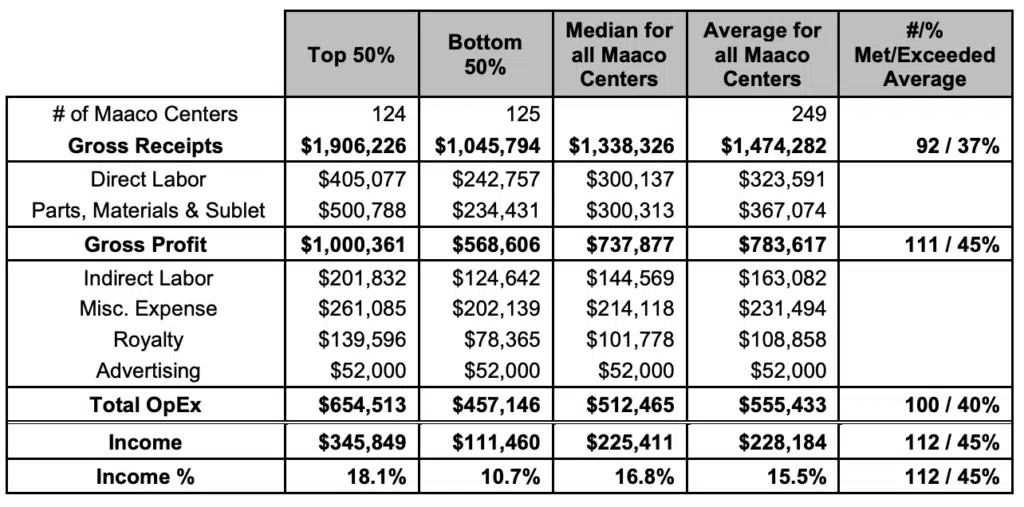
Understanding Profit Margins in the Auto Repair Industry
A good profit margin for an auto repair shop typically ranges between 20% to 28%. However, this can vary based on factors such as location, services offered, and operational efficiency. Profit margins are calculated by subtracting the cost of goods sold (COGS) and operating expenses from total revenue, then dividing by total revenue. Here are some key points to consider:
- Labor Costs: Labor is one of the largest expenses for auto repair shops. Efficient scheduling and skilled technicians can help maximize profitability.
- Parts Markup: Shops often mark up parts by 30% to 50%, which significantly impacts the overall profit margin.
- Overhead Expenses: Rent, utilities, and equipment maintenance can eat into profits. Keeping these costs under control is essential.
Factors Influencing Profit Margins in Auto Repair Shops
Several factors can influence the profit margins of an auto repair shop. Understanding these can help owners make informed decisions to improve profitability:
- Location: Shops in high-traffic areas or affluent neighborhoods often charge higher rates, leading to better margins.
- Service Specialization: Offering specialized services like electrical repairs or performance upgrades can command higher prices.
- Customer Retention: Repeat customers reduce marketing costs and increase steady revenue streams.
How to Calculate Profit Margins for an Auto Repair Shop
Calculating profit margins is crucial for assessing the financial health of an auto repair shop. The formula is:
- Total Revenue: Sum of all income from services and parts sales.
- Cost of Goods Sold (COGS): Includes parts, labor, and direct expenses.
- Operating Expenses: Rent, utilities, salaries, and other indirect costs.
Subtract COGS and operating expenses from total revenue, then divide by total revenue to get the profit margin percentage.
Strategies to Improve Profit Margins in Auto Repair Shops
Improving profit margins requires a combination of cost control and revenue enhancement strategies:
- Upselling Services: Offer additional services like preventive maintenance or detailing to increase revenue per customer.
- Efficient Inventory Management: Reduce waste and overstocking by tracking parts usage and demand.
- Streamlined Operations: Use software to manage appointments, billing, and inventory for better efficiency.
Common Challenges Affecting Profit Margins in Auto Repair Shops
Auto repair shops face several challenges that can impact their profit margins:
- Rising Costs: Increasing prices of parts and labor can squeeze margins if not managed properly.
- Competition: High competition can force shops to lower prices, reducing profitability.
- Customer Trust: Building and maintaining trust is essential for retaining customers and ensuring repeat business.
Frequently Asked Questions from Our Community
What are the most effective marketing strategies for an auto repair shop?
Effective marketing strategies for an auto repair shop include a combination of online and offline tactics. Building a strong online presence through a professional website, search engine optimization (SEO), and social media platforms like Facebook and Instagram is crucial. Additionally, leveraging local SEO to appear in near me searches can drive more local customers. Offline strategies such as distributing flyers, partnering with local businesses, and offering referral discounts can also be highly effective. Combining these approaches ensures a steady flow of customers.
How much does it cost to market an auto repair shop?
The cost of marketing an auto repair shop varies depending on the scale and methods used. A basic online marketing campaign, including a website, social media management, and local SEO, can range from $500 to $2,000 per month. Offline marketing efforts, such as print ads or community sponsorships, may add another $200 to $1,000 monthly. For more advanced strategies like pay-per-click (PPC) advertising or hiring a marketing agency, costs can exceed $5,000 per month. It's essential to allocate a budget that aligns with your shop's goals and target audience.
Why is online marketing important for auto repair shops?
Online marketing is critical for auto repair shops because most customers search for services online. A strong online presence helps build trust and credibility with potential clients. Features like customer reviews, service descriptions, and easy contact options on your website can significantly influence decision-making. Additionally, online marketing allows for targeted advertising, enabling you to reach specific demographics or locations. Without a robust online strategy, your shop risks losing customers to competitors who are more visible and accessible on the internet.
How can I measure the success of my auto repair shop's marketing efforts?
Measuring the success of your marketing efforts involves tracking key performance indicators (KPIs). For online campaigns, monitor metrics like website traffic, conversion rates, and social media engagement. Tools like Google Analytics can provide insights into how customers find your shop. For offline efforts, track the number of new customers or inquiries generated from flyers, referrals, or partnerships. Regularly reviewing these metrics helps you understand what’s working and where adjustments are needed, ensuring your marketing budget is spent effectively.
Leave a Reply

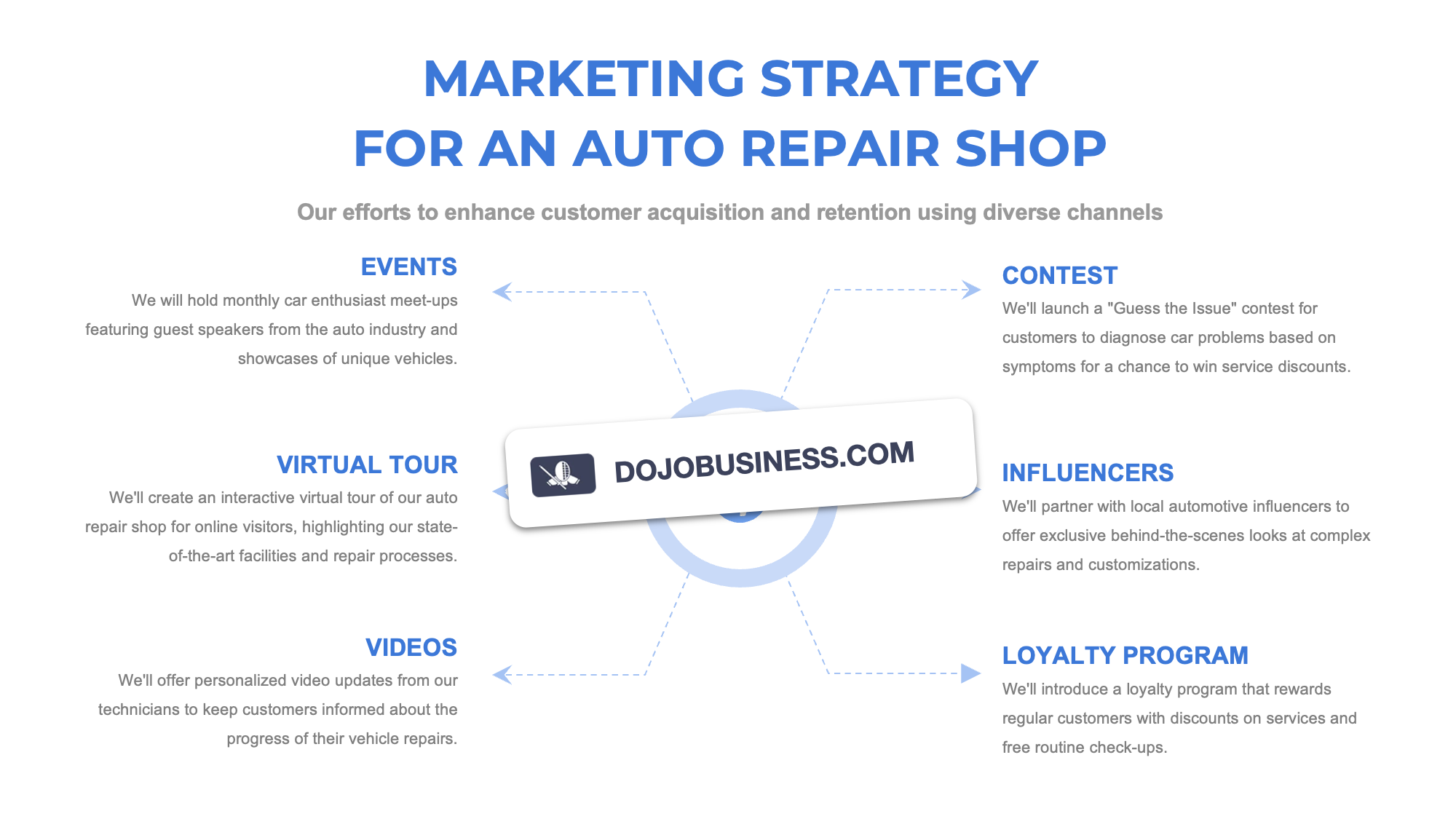
Articles of interest